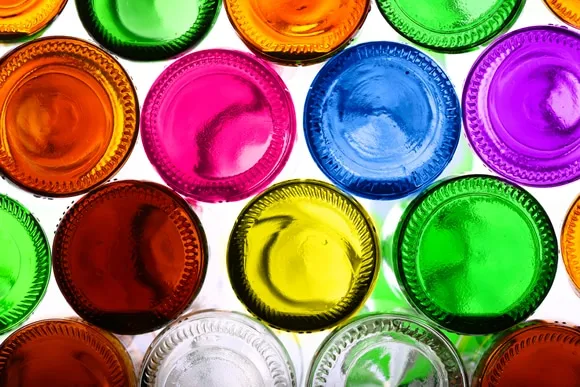
Recycled Aggregates for Screeding: An Emerging Trend
The aggregate market could see a spike in recycled aggregates over the next 5 years, predicts a recent report on ‘Key Trends and Opportunities in the Global Construction Aggregate Market’. It is expected that nearly 25% of aggregate demand in the UK will be met by recycled aggregates in the future.
Aggregates from alternate sources are already widely in use in pavement and road construction in the U.S and Australia, and extensive research on recycled resources is being carried out in the UK. Several countries in the EU already have legal requirements in place for including recycled aggregates in construction.
The European Standards recommend the use of 0-4mm single sized, sharp washed sand for cementitious levelling screeds, and 6mm-10mm single sized aggregates for heavy duty screeds. However it states that the aggregates can be natural, manufactured or a combination of both.
Various aggregate sources ranging from recycled construction and demolition wastes, reclaimed concrete and scrap tyres to organic materials such as rice husk, wood chip and saw dust are being used for various construction purposes. However the suitability of these aggregates for specific construction purposes such as screeding depends on the shape and grading of the material.
An alternate aggregate that is ranked high for use in screeding is recycled glass aggregate. The non-bio degradable glass bottles and containers that are discarded as land fill can be given a new lease of life by recycling them to form ‘manufactured sand’ for use as aggregate in screed and concrete mixes.
Recycled glass aggregates fit within the definition of manufactured aggregates specified in BS EN 12620. Millions of tons of glass that is sent to landfill every year can be reclaimed and processed to produce aggregates that meet these specifications.
As environmental laws and land use legislations tighten their grip on natural aggregate exploitation, recycled sources such as these could hold the key to sustainable aggregate production.
